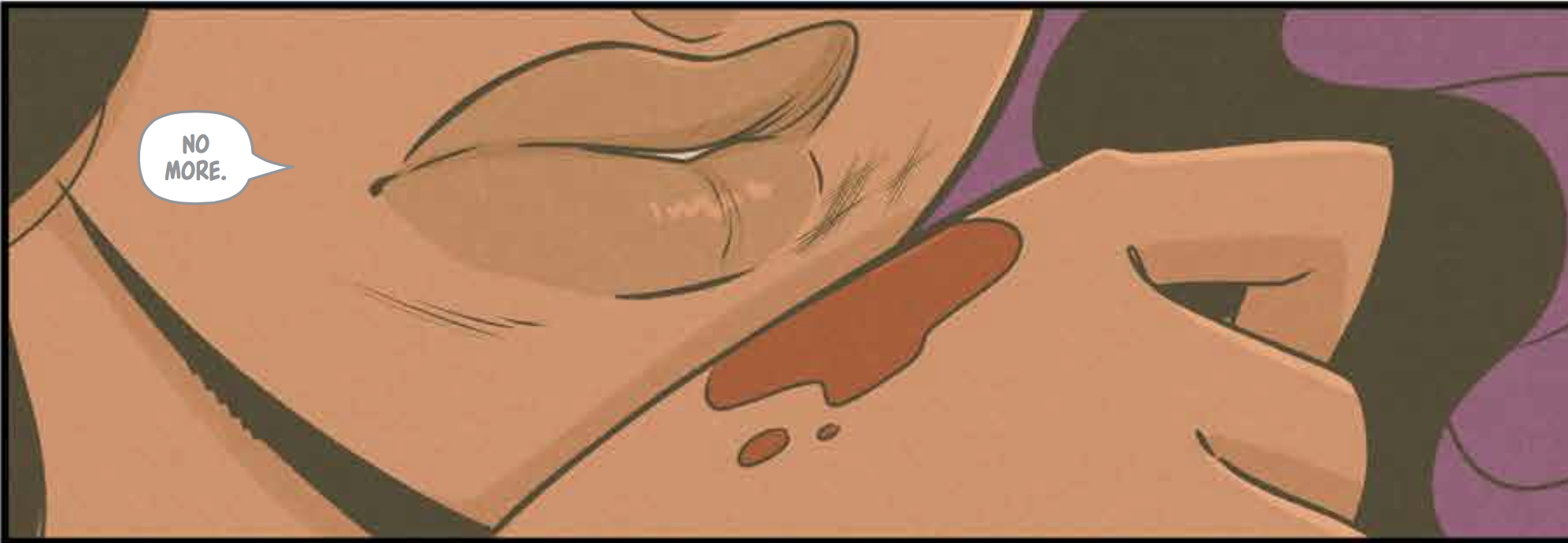The Deadliest Bouquet #2 // Review
The three sisters’ mother has been murdered. A certain family heirloom is missing. Since that heirloom happens to be a Sauer 38H handgun that was issued to Nazi officers during WWII, the police will have a few questions in The Deadliest Bouquet #2. Writer Erica Schultz’s badass mystery drama continues in another chapter that is somewhat deftly delivered to the page by artist Carola Borelli. The distinctive atmosphere of a bar, a police station, and more are rendered for the page by colorist Gab Contreras. Family drama mixes with murder, mystery, and international intrigue in another satisfying issue.
The three sisters were hiding in the attic back in 1976. One of them told their mother about their father. Things got pretty ugly from there. Shoot ahead a number of years, and the adult daughters are being asked questions about the past. Two of the sisters are on time. One of them was a bit early to the police station on account of being hauled in after a bar brawl the previous night. They all know more than they’re willing to tell the police, but they’re all a bit concerned about their mother’s missing gun. The police might have some questions about that as well.
Schultz opens with a flashback that gives the reader a little bit more information about the family. Shoot ahead to the main timeline, and the three sisters are all given roughly the same amount of time on the page. It’s a fun ensemble of characters who are all given distinctive personalities by Schultz. None of the characters have been given a whole lot of room for emotional depth just yet, but the series is just starting, and the mystery surrounding the sisters provides enough clues to suggest that there’s a lot more going on in the story than Schultz is allowing into the foreground for the first couple of issues.
Borelli and Contreras do a respectable job of realizing Schultz’s script. The three sisters are given distinctive looks that don’t over-exaggerate the differences between them. The physical aggression is caught in static panels that deliver the blows in stiff moments of impact. Some of the decisions made on colors by Contreras add some depth to things. The faded colors of 1976 match the look and feel of video footage from back then. Whispers are also brought to the page in faded color, which adds a level of atmosphere to a world of secrets.
Schultz, Borelli, and Contreras’s world of the three sisters is beginning to become clear. With any luck, the heroic, mysterious women might have to battle the scummy Neo-Nazis who might have killed their mother. Schultz is smart enough to hold the plot at a distance as the personalities of the badass sisters begin to develop. There’s an emotional connection that begins to build between the reader and characters in a very tight fusion between action, family drama, and espionage.










